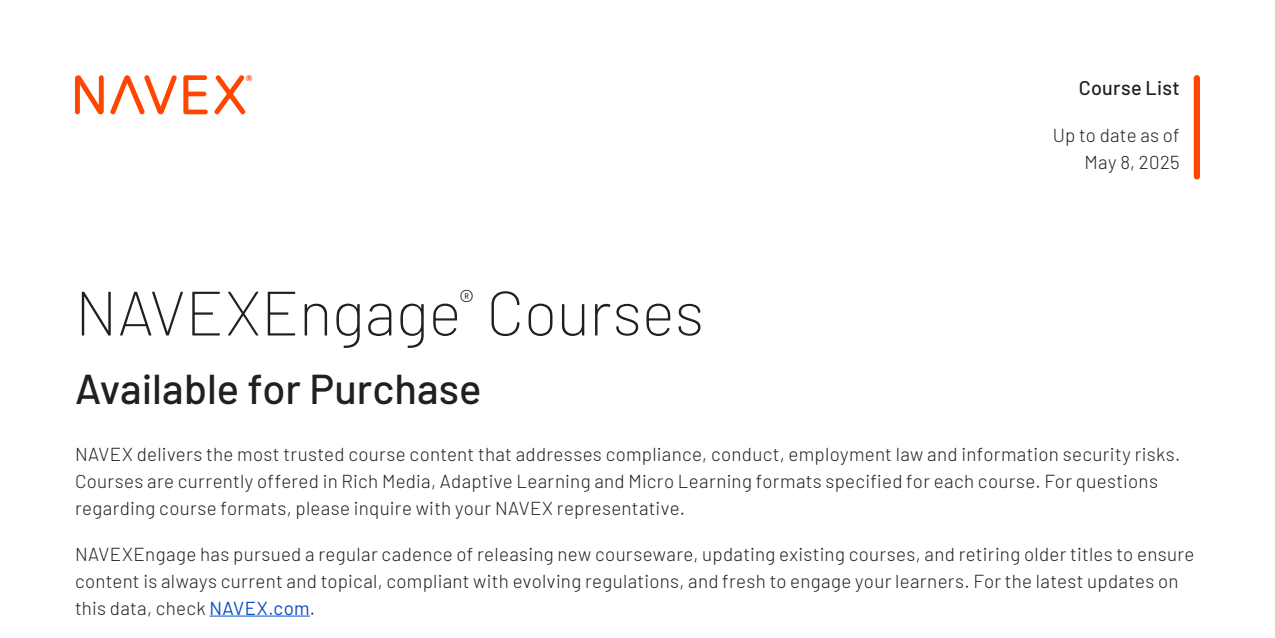At the end of June, the U.S. Supreme Court issued major decisions on the enforcement power of the Securities and Exchange Commission, what does or doesn’t qualify as a bribe of government officials, and on federal judges’ power to overturn regulations they deem problematic.
And yet, when you think about it, all three rulings will have pretty much no impact on corporate compliance programs.
To be clear, those three rulings are hugely significant in many fields close to corporate compliance. Two will affect the government’s ability to hold individuals accountable for misconduct, and one will make future regulation of corporate behavior more unpredictable. But as sweeping as the court’s decisions are, compliance officers need to focus on two specific questions.
- Does the decision reduce my organization’s compliance risks?
- Does the decision reduce the capabilities my compliance program needs to have?
For all three decisions, the answer to both questions is no. All the compliance risks, objectives, challenges and burdens your company had before the rulings, it still has today – and that state of affairs is not likely to change any time soon.
Let’s take a quick look at each decision in turn.
SEC v. Jarkesy
The first major ruling, SEC v. Jarkesy, found that the Securities and Exchange Commission cannot impose civil penalties against a person by bringing him or her before an in-house administrative judge; the SEC can only impose penalties by bringing the case in federal court.
Well, just about all companies facing SEC enforcement never appear before an in-house administrative judge anyway. In cases involving the Foreign Corrupt Practices Act, accounting fraud, or insider trading, the SEC typically files those cases in federal court – and then at some point, the company settles anyway.
Yes, the Jarkesy decision could affect the SEC’s enforcement calculus for prosecuting individuals, but that’s not a corporate compliance function’s concern. Your job is to keep the company’s compliance risks low.
And yes, Jarkesy does raise questions about enforcement at other agencies (such as the Occupational Health & Safety Administration), which by statute can only impose civil penalties through administrative proceedings; the court didn’t explain how that’s supposed to work now, if at all.
But what sane company would take that as a green light to ignore regulations from OSHA or any other agency now in enforcement limbo? That’s an awfully big gamble, with such a sour motive behind it that the Justice Department’s criminal enforcement lawyers might take notice. For large companies, it’s going to be cheaper and wiser to stay on the right side of compliance expectations than to wage a long, expensive legal battle about the nature of agency administrative proceedings.
Snyder v. United States
Next we have Snyder v. United States, which narrowed the scope of corruption law that applies to state and local government officials in the United States. Long story short, the court declared that a payment given to a government official after he or she takes an official action can be construed as a gratuity (legal), rather than a bribe (illegal). Even if that payment is plainly a reward to the government official for doing some company a favor, it’s not illegal because the payment wasn’t given before the official acted.
Anti-corruption activists are incensed over this ruling, and they have compelling arguments on their side. Again, however, the ruling itself doesn’t really change the nature of the compliance risks a company faces.
For starters, Snyder only applies to Title 18, Section 666 of the U.S. Criminal Code, which governs improper payments made to U.S. state and local government officials. It doesn’t touch any of the anti-corruption compliance obligations you have under other statutes, such as the Foreign Corrupt Practices Act or the Anti-Kickback Statute (and certainly not the U.K. Bribery Act or other overseas statutes). Nor does Snyder affect any U.S. state anti-corruption laws, although not all states have strong ones.
At worst, perhaps if your business has lots of dealings with local officials (say, for land use permits), your regional VP of sales might start arguing that the company can give the local zoning board chair a “gratuity” after he or she rubber-stamps your next big project. What compliance officer would say those bribes gratuities are fine, although offering the same to foreign government officials is a serious offense?
None, that’s who. A strong anti-corruption compliance program should focus on the message that corruption is wrong, period. If your training splits hairs among the Anti-Kickback Statute, the FCPA, and Section 666 of the U.S. criminal code, you’re doing it wrong.
Loper Bright Enterprises v. Raimondo
The third decision, Loper Bright Enterprises v. Raimondo, ended 40 years of the “Chevron doctrine,” which said that judges should defer to federal agencies when a law is ambiguous about rules and regulations adopted to put that law into effect. Now, judges can ignore that standard and use their own judgment to decide whether rules and regulations are proper – even when judges have no special expertise in that field, while the regulators do.
More than a few news articles have described Loper as gutting federal agencies’ ability to issue rules and regulations. That’s not quite right. More accurate is to say that Loper gives federal judges more power to challenge – and overturn – what federal agencies try to accomplish.
Yes, that could lead to significant regulatory uncertainty in the future. We might see judges overturn the validity of FDA rulings about drugs long on the market; or dismiss the SEC’s recently adopted rules on disclosure of carbon emissions; or thwart agencies’ efforts to regulate artificial intelligence. We might see different judges reach different decisions on all of that, which will lead to even more fights in court. The ruling could also make enactment of new legislation in Congress even more painstaking, since lawmakers will need to be more complete and exacting in what they want regulators to do.
None of that, however, means that a company can stop complying with rules and regulations today. Most likely, you won’t even want to stop complying after a lower court ruling, if those proceedings are likely to linger in an appeals process that could take years.
And none of that uncertainty has anything to do with the U.S. Sentencing Guideline’s requirements for a corporate compliance program or the Justice Department’s guidelines for an effective compliance program. Those expectations aren’t federal rules, and a lone federal judge can’t cast them aside. Plus, as we noted earlier, you’ll almost always be settling the case anyway.
So yes, all three rulings are politically divisive, and likely to have profound effects on U.S. law. That doesn’t change the nature of your compliance risks, or the need for an effective corporate compliance program. Compliance officers are likely to be as busy as always for years to come.
Regardless of the U.S. Supreme Court rulings, corporate compliance does indeed need to march on. Whether you’re in need of a whistleblower hotline, legally vetted ethics and compliance training, policy and procedure management, or any other critical compliance program component, NAVEX has you covered.
Learn about the NAVEX One platform
The views and opinions expressed in this article are solely those of the author and do not necessarily reflect the official position of NAVEX.


